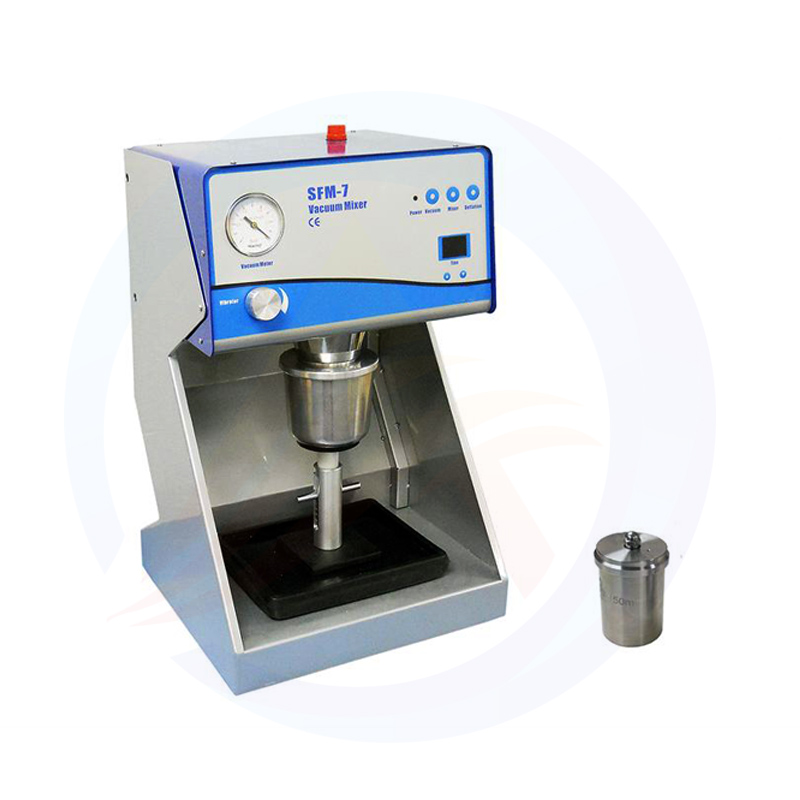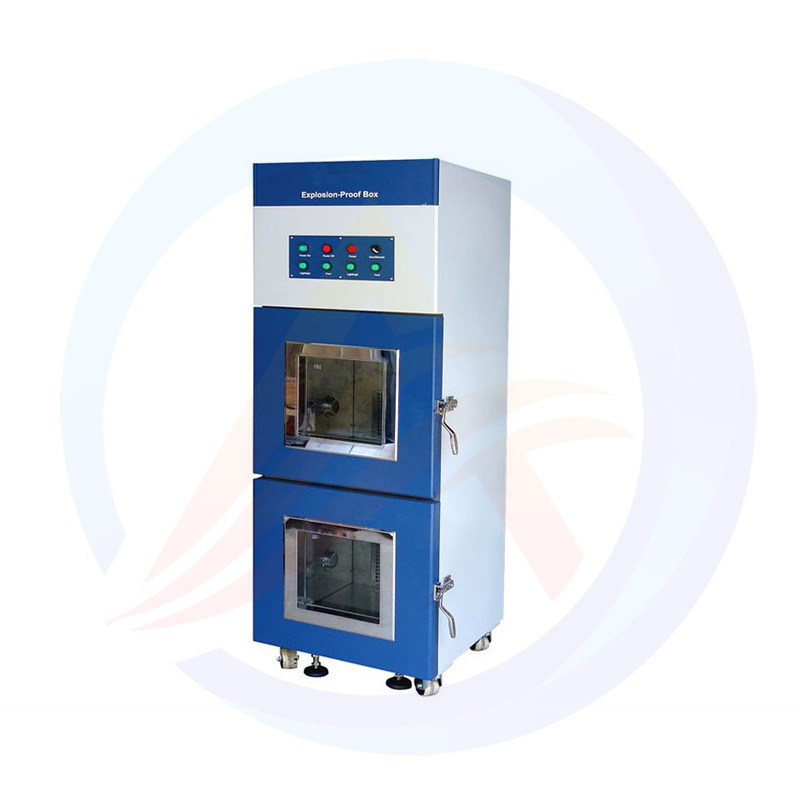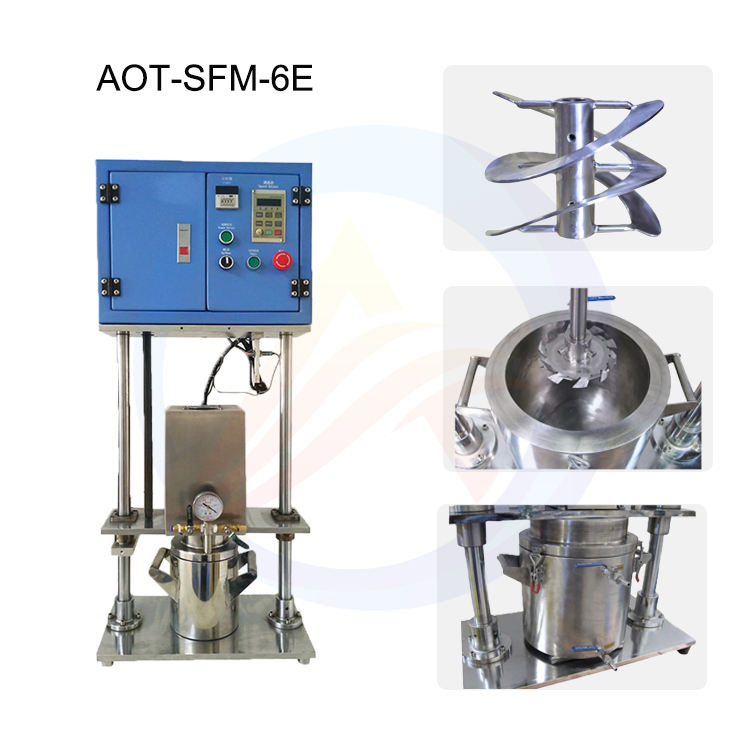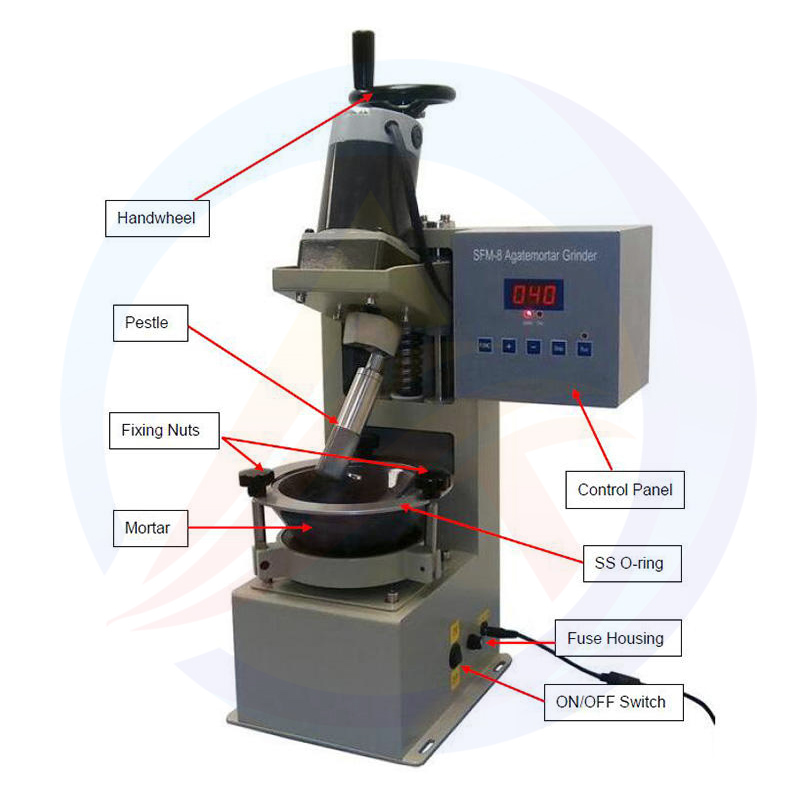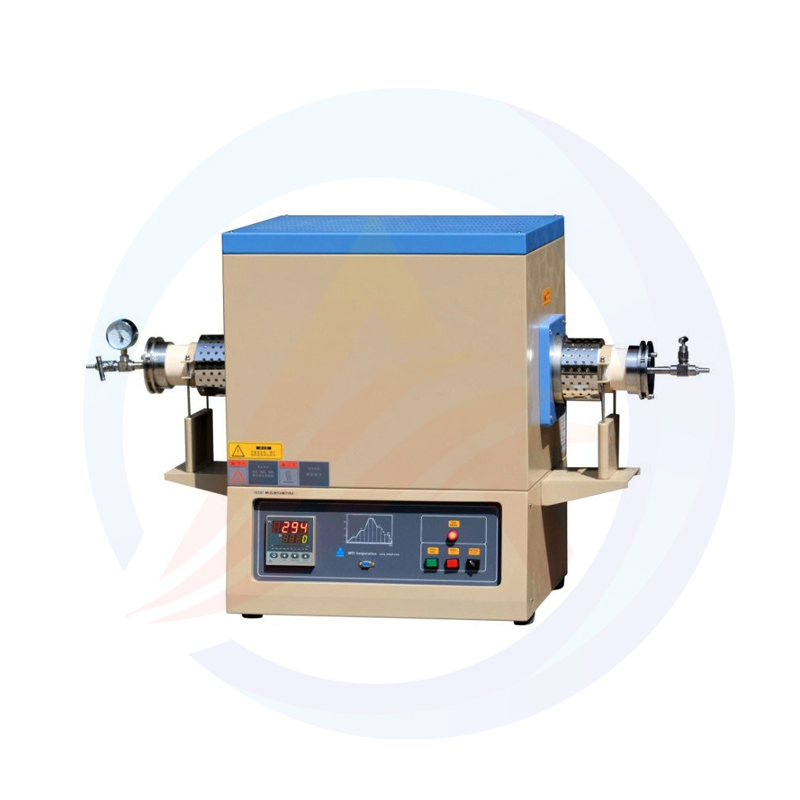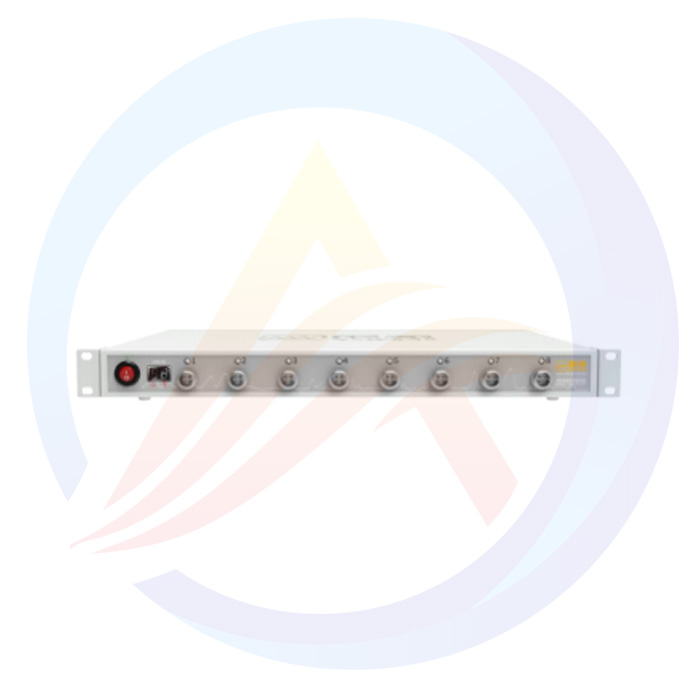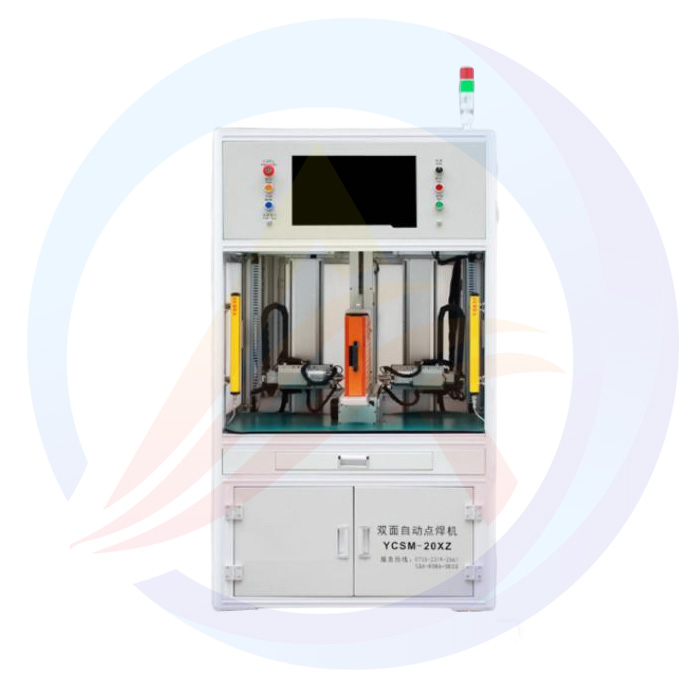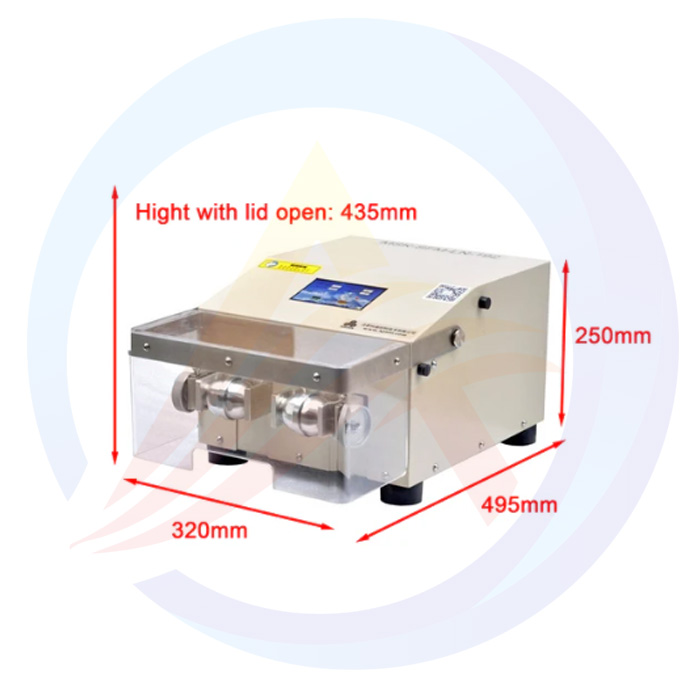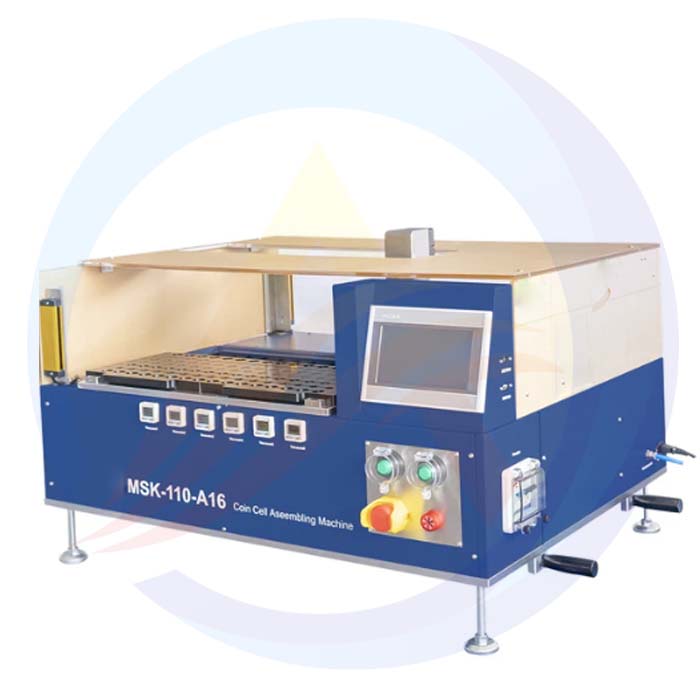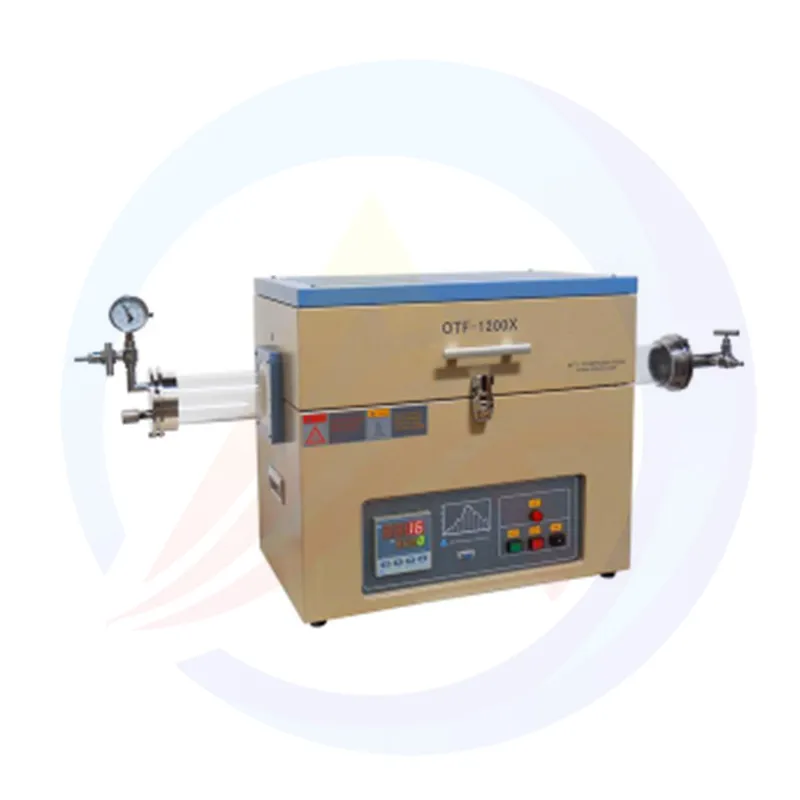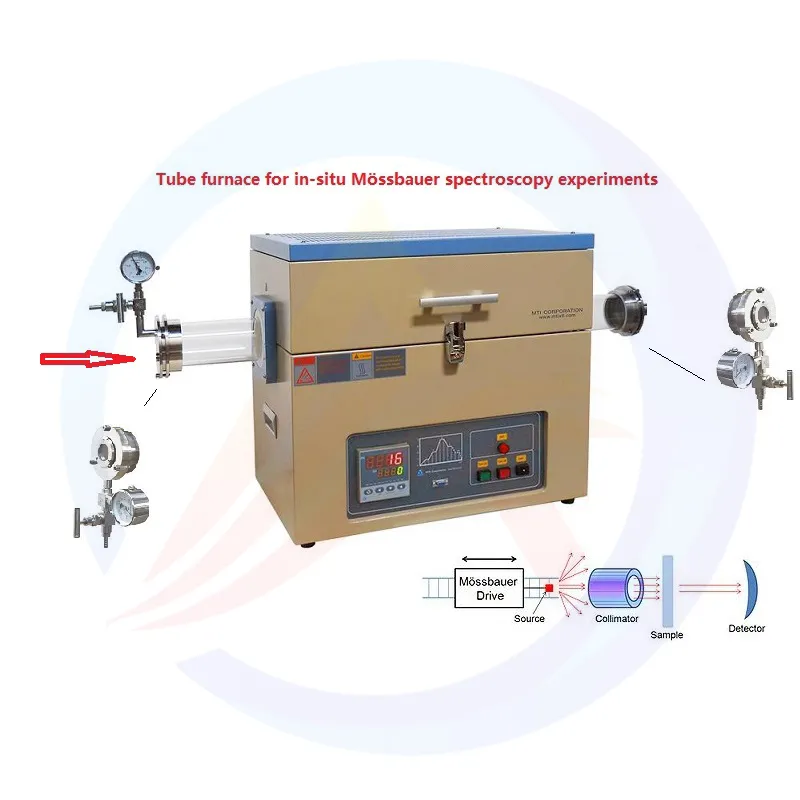1. Introduction
The advancement of modern materials science, metallurgical engineering, and solid-state chemistry is deeply intertwined with the development of sophisticated thermal processing equipment. The high-temperature vacuum tube furnace stands as a cornerstone technology in these fields, providing a highly controllable environment for a wide range of critical processes such as sintering, annealing, crystal growth, and chemical vapor deposition. By integrating precise high-temperature generation, vacuum capabilities, and atmosphere control into a single system, this type of furnace enables researchers and engineers to manipulate material properties at the microstructural level with exceptional accuracy and repeatability. Its versatility makes it an indispensable tool in university laboratories, research institutes, and industrial R&D departments focused on developing new materials and optimizing synthesis protocols.
2. Technical Design and Architectural Features
The furnace's core performance is built upon a robust and thoughtfully engineered architecture. The heating system utilizes high-purity molybdenum disilicide (MoSi2) heating elements, renowned for their excellent oxidation resistance and stability at extreme temperatures. This allows for continuous operation at temperatures up to 1700°C, with a short-term maximum capability of 1750°C.
The furnace body incorporates a double-layer steel shell design with an integrated air-cooling system. This advanced thermal management approach ensures that the external surface temperature remains below 55°C, enhancing operational safety and allowing the equipment to be installed in standard laboratory environments without special cooling requirements.
The heart of the furnace is its chamber, constructed from high-purity polycrystalline alumina fiber insulation. This material provides superior thermal resistance, minimizing heat loss and improving energy efficiency. A key feature is the application of a specialized high-purity alumina coating (rated to 1750°C) on the inner surface of the chamber. This coating acts as a highly effective infrared reflector, redirecting radiant heat back towards the central heating zone and the work tube, thereby improving thermal uniformity and heating efficiency while also protecting the insulation lining and extending the furnace's service life.
The standard work tube dimensions are 60 mm in outer diameter and 1000 mm in length, providing a usable hot zone of approximately 290 mm. To ensure optimal temperature uniformity and to protect the vacuum seals, it is essential to use alumina baffles at both ends of the work tube during operation. The furnace is equipped with a vacuum sealing system, including standard stainless steel flanges, a mechanical pressure gauge, and a high-precision shut-off valve. A dual-rotary vane mechanical pump is employed to achieve a base vacuum level of up to 10⁻³ Torr. For processes requiring ultra-high vacuum conditions (e.g., <10⁻⁵ Torr), the system can be configured with additional pumping stages, such as a diffusion pump or a turbomolecular pump.
3. Precision Temperature Control and Programmability
Accurate and reliable temperature management is paramount. The system employs a Type B (PtRh-PtRh) thermocouple, which is ideally suited for high-temperature measurements above 1600°C due to its stability and accuracy. This sensor is coupled with a sophisticated 30-segment programmable PID (Proportional-Integral-Derivative) temperature controller. This combination delivers a remarkable control precision of ±1°C, enabling complex thermal profiles with multiple ramping and soaking stages.
To ensure process integrity and protect the furnace components, recommended heating rates are specified: ≤10°C/min below 1400°C, ≤5°C/min between 1400°C and 1600°C, and ≤2°C/min above 1600°C. This programmability is essential for advanced applications such as controlled crystallization, gradient annealing, and multi-step synthesis reactions, where precise thermal history directly influences the final material properties.
4. Operational Safety and Process Guidelines
Safe operation is a critical aspect of the furnace design. Strict adherence to pressure limits is necessary; the internal pressure of the work tube must not exceed 0.02 MPa. When introducing gases from high-pressure cylinders, a properly calibrated pressure-reducing valve (recommended range: 0.01-0.1 MPa) is mandatory to control the gas flow accurately. The gas flow rate should generally be limited to below 200 standard cubic centimeters per minute (SCCM). Crucially, if the gas inlet and outlet valves are closed during heating, the internal pressure must be continuously monitored. A safety relief valve must be engaged immediately if the pressure exceeds the safe threshold to prevent potential hazards such as tube rupture.
The furnace has compact overall dimensions of 1350 mm (L) × 520 mm (W) × 780 mm (H) and a net weight of approximately 150 kg. The standard warranty covers one year for the main unit with lifelong technical support, while consumables such as heating elements, quartz or alumina tubes, and sample crucibles are excluded.
5. Broad Spectrum of Applications
The flexibility of this vacuum tube furnace makes it suitable for a diverse array of applications across numerous scientific and industrial disciplines:
Metallurgical Research: Annealing, stress relieving, and heat treatment of metal alloys and intermetallic compounds to study phase transformations and enhance mechanical properties.
Advanced Ceramics Processing: Sintering of oxide, nitride, and carbide ceramics to achieve high density and controlled grain growth, crucial for structural and functional applications.
Materials Synthesis: Synthesis of novel inorganic compounds, nanomaterials (e.g., nanotubes, nanowires), and solid-state reactions under controlled atmospheres.
Semiconductor and Electronics Research: Chemical vapor deposition (CVD) of thin films, doping processes, and thermal processing of semiconductor wafers in inert or reducing environments.
Catalysis Science: Activation, regeneration, and pre-treatment of heterogeneous catalysts in specific gas atmospheres to tailor their surface reactivity and selectivity.
Academic Teaching and Fundamental Research: Serving as a core instrument for graduate and postgraduate research in physics, chemistry, and materials science departments, facilitating hands-on experimentation in high-temperature phenomena.
The high-temperature vacuum tube furnace represents a mature yet continually evolving technology that plays a vital role in pushing the boundaries of materials research and development. Its ability to provide precise, stable, and versatile high-temperature environments under vacuum or controlled atmospheres makes it a fundamental asset for any laboratory engaged in cutting-edge science and technology. As the demands for new materials with tailored properties grow, the capabilities offered by such furnaces will remain central to innovation in fields ranging from energy storage and conversion to aerospace and nanotechnology.

